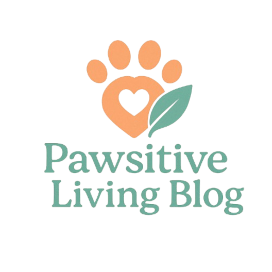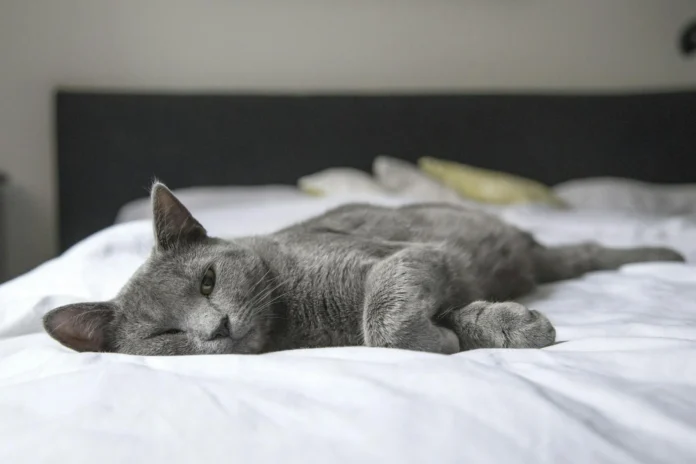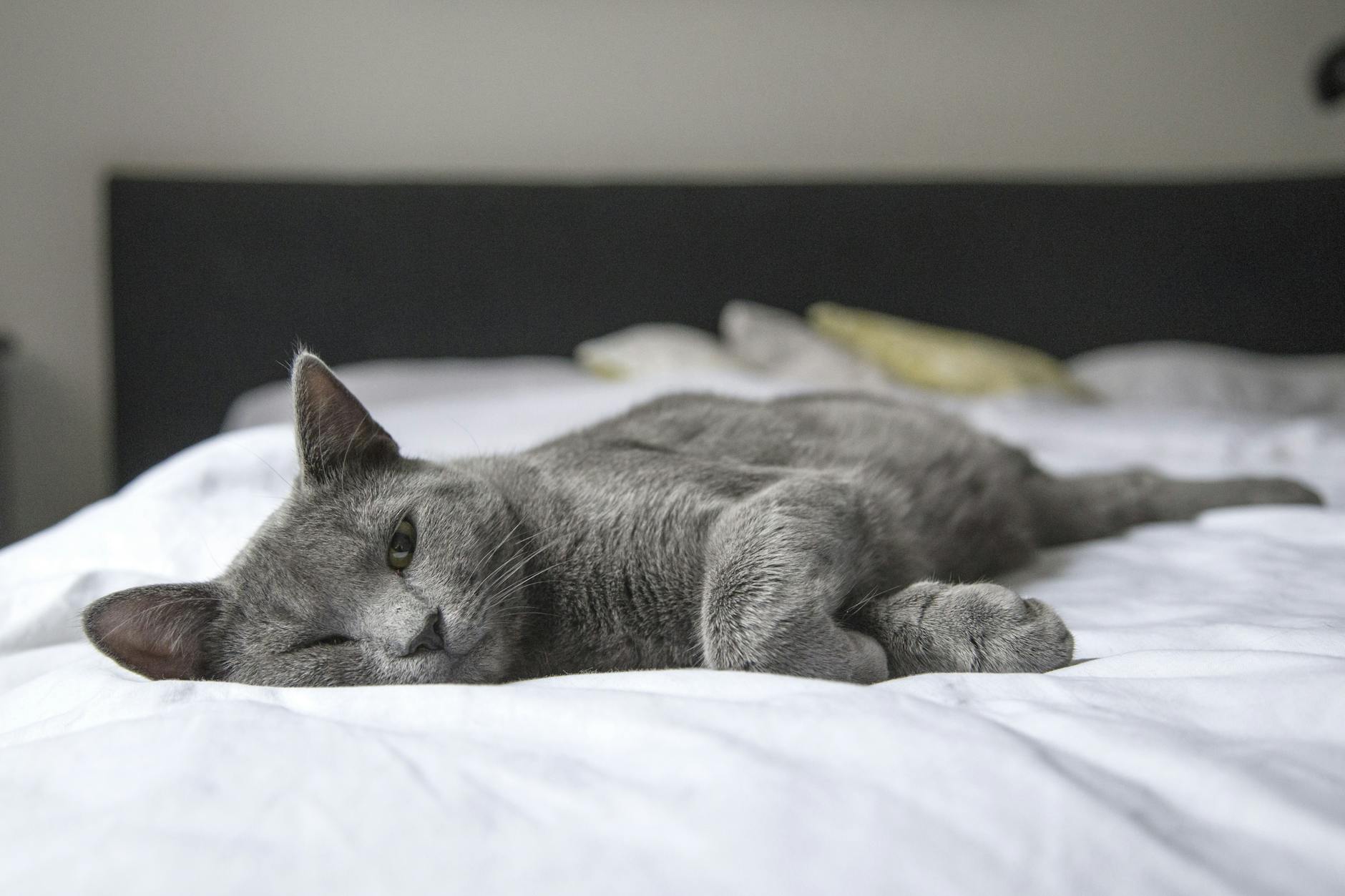
🐾 Is your furry friend getting enough shuteye? As pet owners, we often focus on nutrition, exercise, and playtime, but sleep hygiene for pets is an often overlooked aspect of their well-being. Just like humans, our beloved companions need quality rest to stay healthy, happy, and full of energy.
But how much sleep does your pet really need? And are you unknowingly disrupting their precious slumber? From restless cats to snoring dogs, understanding your pet’s sleep needs can be a challenge. Whether you’re a new pet parent or a seasoned animal lover, it’s time to uncover the secrets of optimal pet sleep and create a cozy haven for your four-legged friend.
In this comprehensive guide, we’ll explore everything from understanding pet sleep needs to recognizing signs of sleep deprivation. We’ll dive into creating the perfect sleep environment, developing healthy routines, and even touch on common sleep disorders in pets. So, grab a cup of coffee (or a catnap!) and let’s embark on this journey to ensure your pet gets the restful sleep they deserve. 🐶💤🐱
Understanding Pet Sleep Needs
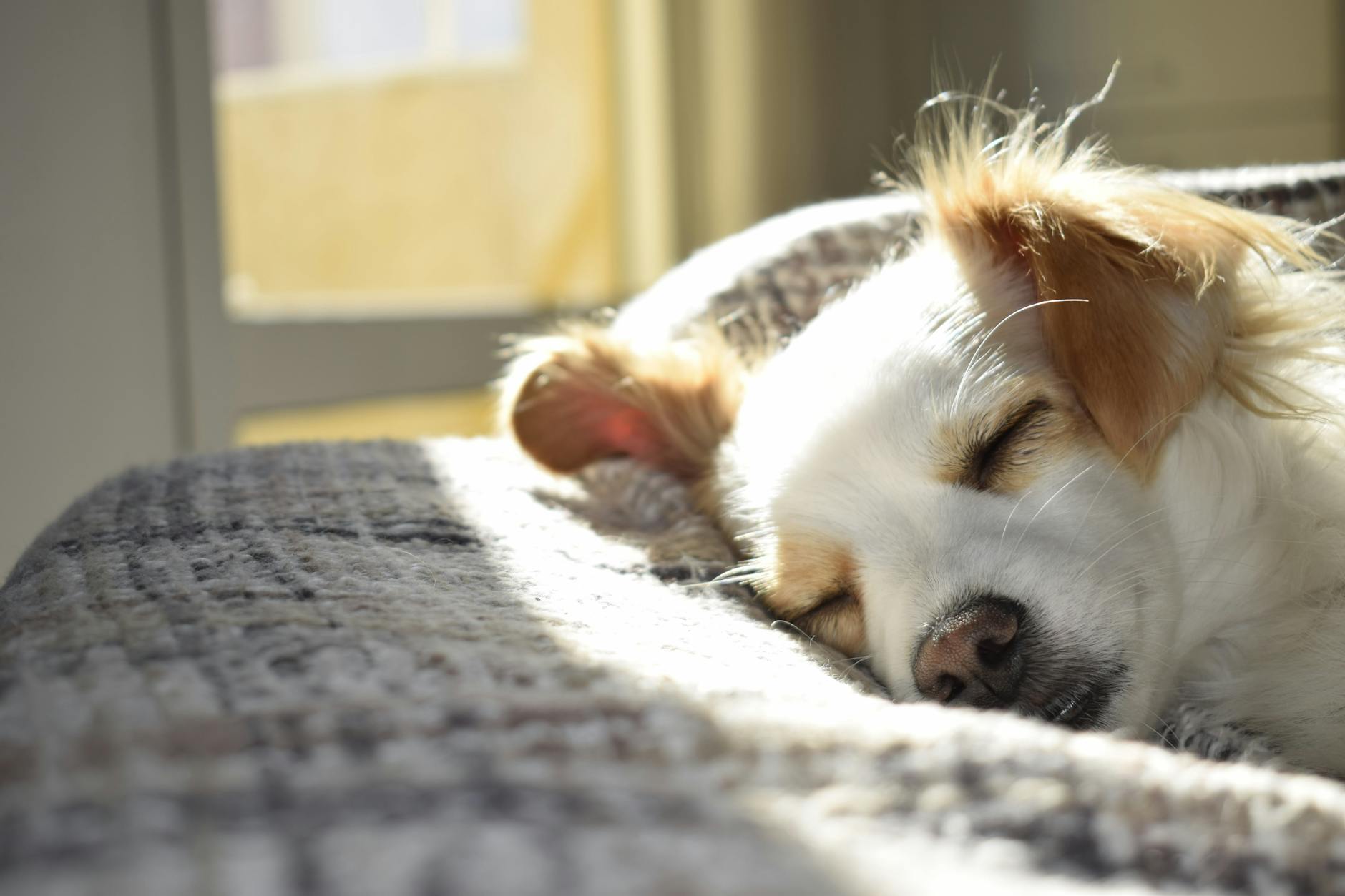
Importance of adequate sleep for pets
Just like humans, pets require sufficient sleep to maintain their physical and mental well-being. Adequate sleep is crucial for:
- Physical recovery and growth
- Immune system function
- Cognitive development
- Emotional regulation
- Energy conservation
Pets that get enough sleep are generally healthier, more active, and better behaved. Lack of sleep can lead to various health issues and behavioral problems.
Factors affecting pet sleep requirements
Several factors influence how much sleep a pet needs:
- Age
- Size
- Breed
- Activity level
- Health status
- Environmental conditions
| Factor | Impact on Sleep Needs |
|---|---|
| Age | Younger and older pets typically need more sleep |
| Size | Larger breeds often require more sleep than smaller ones |
| Activity | More active pets may need additional rest |
| Health | Sick or recovering pets usually need extra sleep |
Common sleep patterns in different pet species
Different pet species exhibit varying sleep patterns:
- Dogs: Sleep 12-14 hours per day, often in shorter naps
- Cats: Sleep 15-20 hours per day, with frequent cat naps
- Rabbits: Sleep 8-12 hours per day, mostly during the night
- Hamsters: Sleep 12-14 hours per day, primarily during daylight hours
These patterns can vary based on individual pets and their living environments. Understanding your pet’s natural sleep cycle is crucial for ensuring they get the rest they need. With this knowledge, we can now explore the recommended sleep duration for popular pets in more detail.
Recommended Sleep Duration for Popular Pets

Dogs: Sleep needs by size and age
Dogs’ sleep requirements vary based on their size and age. Here’s a breakdown of the average sleep duration for different types of dogs:
| Dog Type | Average Sleep Duration (hours/day) |
|---|---|
| Puppies | 18-20 |
| Adult small breeds | 12-14 |
| Adult medium breeds | 10-12 |
| Adult large breeds | 8-10 |
| Senior dogs | 14-16 |
Factors influencing a dog’s sleep needs include:
- Activity level
- Diet
- Health conditions
- Environmental stimuli
Cats: Balancing rest and activity
Cats are known for their frequent naps and nocturnal tendencies. On average, cats sleep:
- 12-16 hours per day for adult cats
- Up to 20 hours for kittens and senior cats
Cats’ sleep patterns are polyphasic, meaning they have multiple sleep-wake cycles throughout the day. This allows them to be alert and ready to hunt at various times.
Small mammals: Hamsters, guinea pigs, and rabbits
Small pets have diverse sleep needs:
- Hamsters: 12-14 hours (nocturnal)
- Guinea pigs: 4-6 hours (multiple short naps)
- Rabbits: 8-12 hours (crepuscular – active at dawn and dusk)
Birds: Varying sleep patterns across species
Bird sleep patterns are highly variable:
- Parrots: 10-12 hours
- Canaries: 10-12 hours
- Finches: 12-14 hours
Many birds engage in unihemispheric slow-wave sleep, where one brain hemisphere remains alert while the other sleeps. This allows them to stay vigilant against predators.
Now that we’ve covered the recommended sleep durations for popular pets, let’s explore the signs that may indicate your pet isn’t getting enough rest.
Signs of Sleep Deprivation in Pets
Behavioral changes
Sleep deprivation in pets can manifest through various behavioral changes. Here are some common signs to watch out for:
- Increased irritability or aggression
- Excessive barking or meowing
- Restlessness or pacing
- Difficulty focusing or following commands
- Decreased interest in play or social interactions
These behavioral changes can be subtle at first but may become more pronounced over time. It’s essential to pay attention to any sudden shifts in your pet’s typical behavior patterns.
Physical symptoms
Physical symptoms of sleep deprivation in pets can be easier to spot:
| Symptom | Description |
|---|---|
| Excessive yawning | More frequent than usual, especially during active hours |
| Droopy eyelids | Eyes may appear half-closed or struggle to stay open |
| Lethargy | Lack of energy or enthusiasm for regular activities |
| Changes in appetite | Either increased or decreased food intake |
| Coordination issues | Clumsiness or difficulty with balance |
Impact on overall health and well-being
Chronic sleep deprivation can have serious consequences for your pet’s health:
- Weakened immune system: Increased susceptibility to infections and illnesses
- Weight gain: Disrupted sleep can affect metabolism and lead to obesity
- Cognitive decline: Impaired memory and learning abilities
- Mood disorders: Increased anxiety or depression-like symptoms
- Hormonal imbalances: Affecting growth, reproduction, and overall well-being
Recognizing these signs early can help you address sleep issues promptly, ensuring your pet maintains optimal health and quality of life. If you notice persistent sleep deprivation symptoms, it’s crucial to consider adjusting your pet’s sleep environment and routine. In the next section, we’ll explore how to create an ideal sleep environment for your furry friends.
Creating an Ideal Sleep Environment for Pets
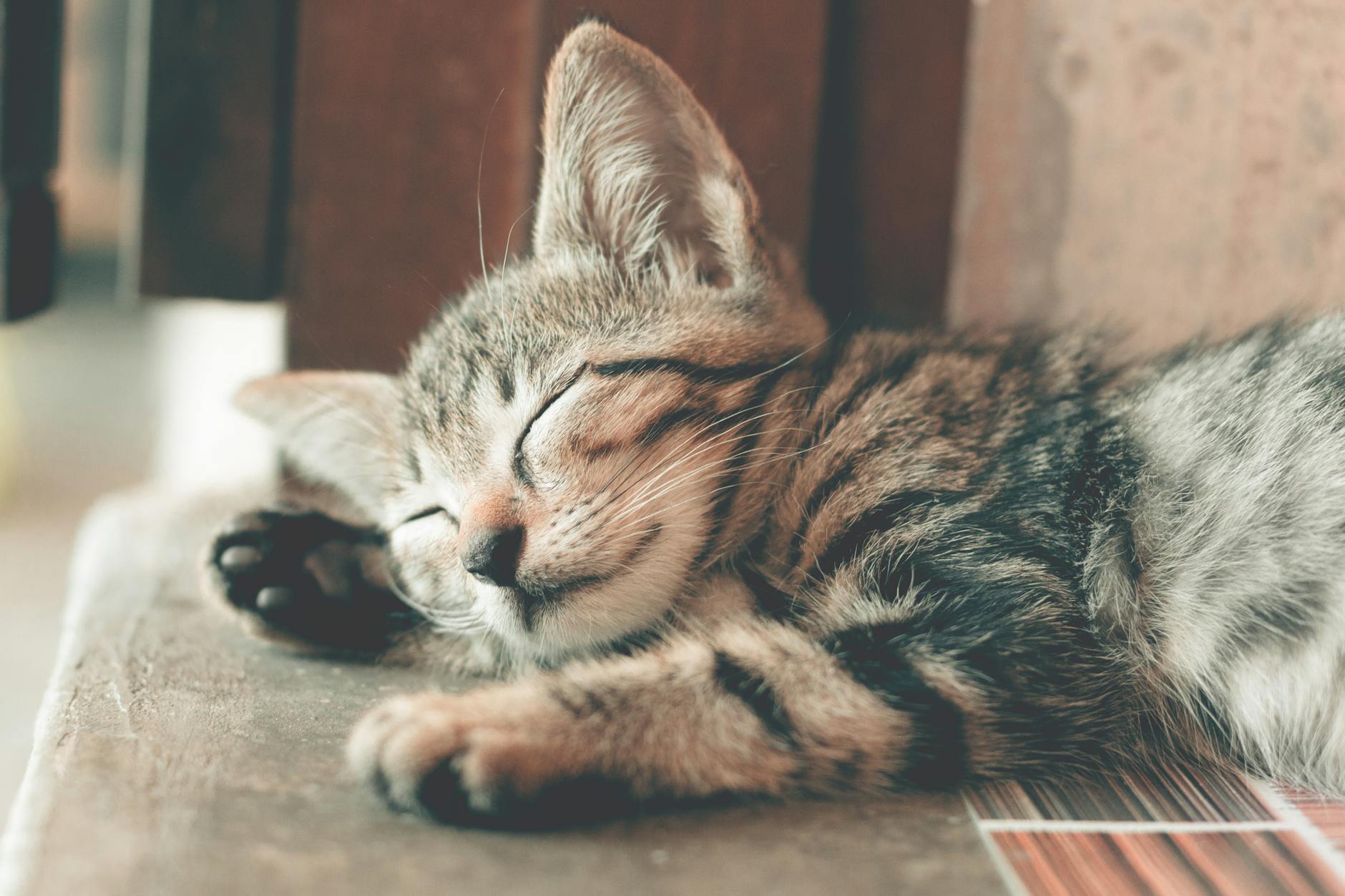
Comfortable bedding options
Selecting the right bedding is crucial for your pet’s sleep quality. Consider these options:
- Orthopedic beds: Ideal for older pets or those with joint issues
- Heated beds: Perfect for cold climates or pets with arthritis
- Cooling mats: Great for hot weather or pets prone to overheating
- Raised beds: Provides airflow and keeps pets off cold floors
| Bedding Type | Benefits | Best For |
|---|---|---|
| Orthopedic | Supports joints, reduces pressure points | Senior pets, large breeds |
| Heated | Soothes muscles, improves circulation | Arthritic pets, short-haired breeds |
| Cooling | Regulates body temperature, prevents overheating | Thick-coated breeds, hot climates |
| Raised | Improves air circulation, keeps pets dry | Outdoor areas, warm climates |
Temperature and lighting considerations
Maintain a consistent temperature between 65-75°F (18-24°C) for optimal pet sleep. Use blackout curtains or blinds to create a dark environment, mimicking natural sleep cycles.
Noise reduction techniques
- Use white noise machines to mask disruptive sounds
- Place the pet’s bed away from high-traffic areas
- Consider sound-absorbing materials like rugs or curtains
Establishing a designated sleep area
Create a dedicated sleep space that’s:
- Quiet and away from household activity
- Easily accessible but not in the main walkway
- Consistent in location to establish routine
Now that we’ve covered how to create an ideal sleep environment, let’s explore how to develop a healthy sleep routine for your pet.
Developing a Healthy Sleep Routine
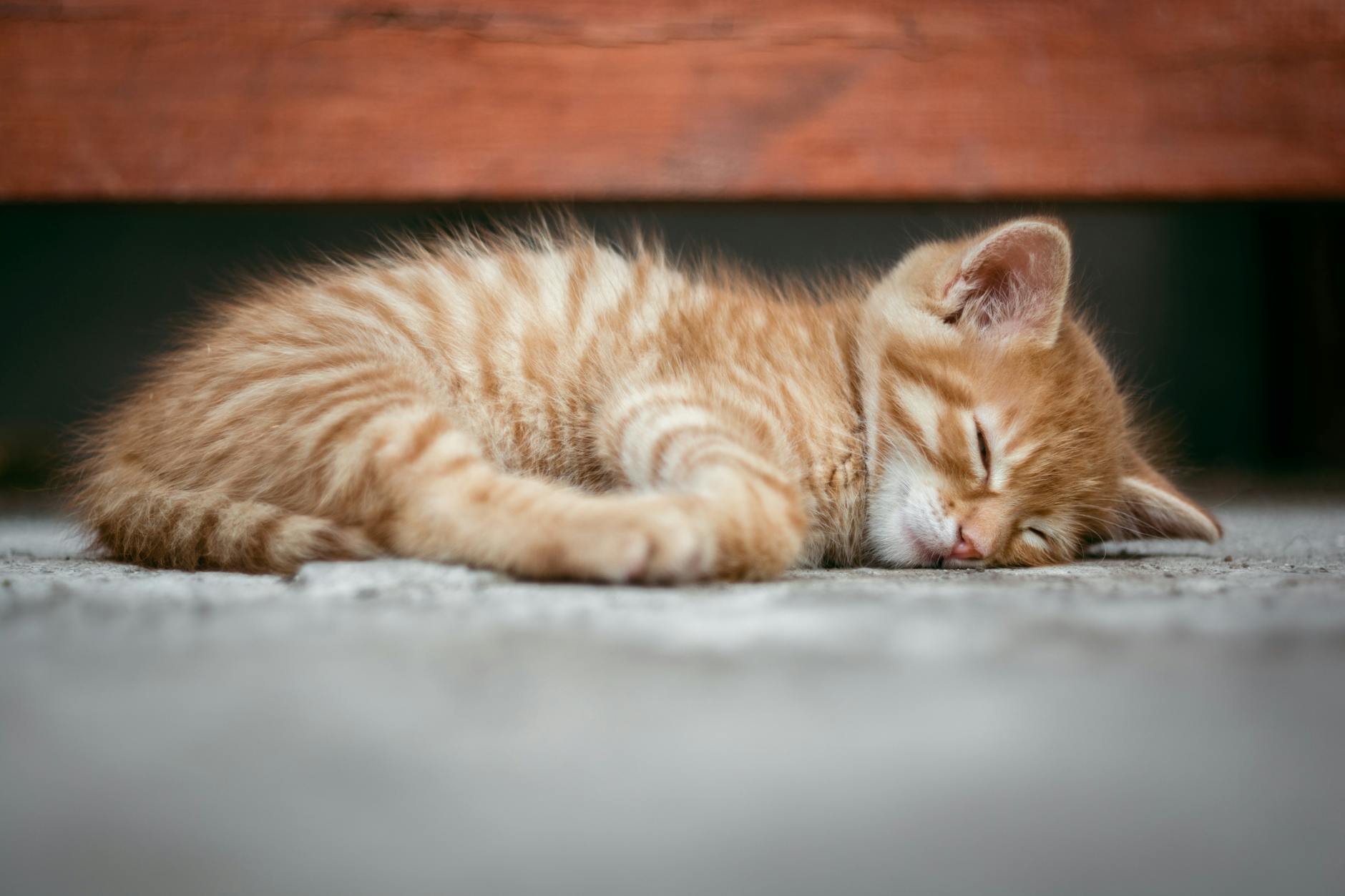
Consistent feeding and exercise schedules
Establishing a consistent routine for your pet’s feeding and exercise is crucial for promoting healthy sleep patterns. Aim to feed your pet at the same times each day, ideally 2-3 hours before bedtime. This allows for proper digestion and reduces the likelihood of nighttime bathroom needs.
Exercise is equally important, but timing matters. Here’s a guide for optimal exercise scheduling:
| Pet Type | Best Exercise Time | Duration |
|---|---|---|
| Dogs | Morning or early evening | 30-60 minutes |
| Cats | Evening | 15-30 minutes |
| Small pets | Late afternoon | 10-20 minutes |
Bedtime rituals for pets
Implementing a calming bedtime routine can signal to your pet that it’s time to wind down. Consider the following activities:
- Gentle grooming or brushing
- Quiet playtime with soft toys
- Soothing music or white noise
- Dimming lights around the house
Managing daytime naps
While naps are normal for pets, excessive daytime sleeping can disrupt nighttime rest. To manage daytime naps:
- Encourage activity during the day
- Limit nap duration to 20-30 minutes
- Avoid naps close to bedtime
Addressing nighttime disturbances
To minimize nighttime disruptions:
- Use blackout curtains to block outside light
- Provide a comfortable, designated sleeping area
- Address any medical issues that may cause discomfort
- Consider crate training for dogs to create a safe sleep space
By implementing these strategies, you’ll help your pet develop a healthy sleep routine, ensuring they get the rest they need for optimal health and well-being. Next, we’ll explore common sleep disorders in pets and how to identify them.
Common Sleep Disorders in Pets
Insomnia and restlessness
Pets, like humans, can experience sleep disorders that disrupt their rest. Insomnia and restlessness are common issues that affect both dogs and cats. These conditions can manifest as difficulty falling asleep, frequent waking during the night, or general agitation during sleep hours.
Common causes of insomnia and restlessness in pets include:
- Anxiety or stress
- Pain or discomfort
- Changes in environment or routine
- Underlying medical conditions
- Age-related cognitive dysfunction
To help alleviate these issues, consider the following strategies:
- Establish a consistent bedtime routine
- Provide comfort items like favorite toys or blankets
- Use calming pheromone diffusers
- Ensure adequate exercise during the day
- Address any underlying medical issues with a veterinarian
Sleep apnea in brachycephalic breeds
Brachycephalic breeds, characterized by their short snouts and flat faces, are particularly prone to sleep apnea. This condition causes brief pauses in breathing during sleep, leading to poor sleep quality and potential health risks.
| Breed | Risk Level | Common Symptoms |
|---|---|---|
| Pugs | High | Snoring, gasping, daytime fatigue |
| Bulldogs | High | Restless sleep, excessive panting |
| Persian cats | Moderate | Snoring, mouth breathing |
To manage sleep apnea in these breeds:
- Maintain a healthy weight
- Use elevated beds to improve airflow
- Consider surgical options for severe cases
- Monitor breathing patterns during sleep
Narcolepsy and other neurological issues
Narcolepsy is a rare neurological disorder that can affect pets, causing sudden sleep attacks and excessive daytime sleepiness. Other neurological issues, such as seizures or cognitive dysfunction, can also impact a pet’s sleep quality.
Signs of narcolepsy in pets include:
- Sudden collapse into sleep
- Muscle weakness or paralysis during sleep attacks
- Excessive daytime sleepiness
If you suspect your pet may be suffering from narcolepsy or other neurological sleep disorders, it’s crucial to consult with a veterinarian for proper diagnosis and treatment. These conditions often require specialized care and ongoing management to ensure your pet’s well-being and quality of life.
When to Consult a Veterinarian
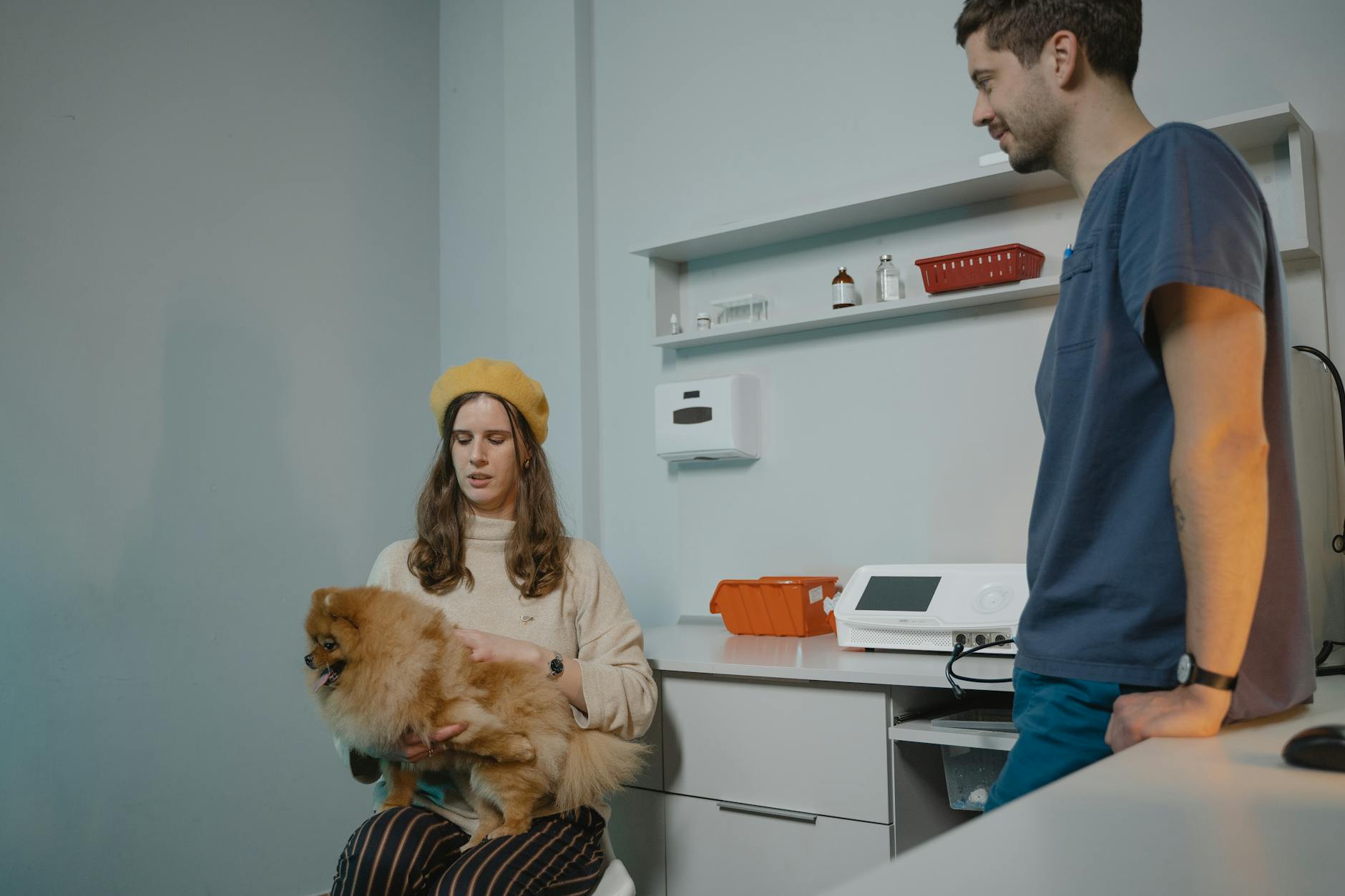
Sudden changes in sleep patterns
Sudden changes in your pet’s sleep patterns can be a cause for concern. These changes may include:
- Excessive daytime sleepiness
- Restlessness at night
- Unusual sleeping positions
- Frequent waking
If you notice any of these changes persisting for more than a few days, it’s time to consult your veterinarian. They can help determine if there’s an underlying health issue affecting your pet’s sleep.
Persistent sleep-related problems
When sleep issues become chronic, they can significantly impact your pet’s overall health and well-being. Some persistent problems to watch for include:
| Problem | Description |
|---|---|
| Insomnia | Difficulty falling or staying asleep |
| Narcolepsy | Sudden sleep attacks during the day |
| Sleep apnea | Breathing pauses during sleep |
| Excessive snoring | Loud, disruptive snoring |
If you observe any of these issues consistently, don’t hesitate to seek professional advice.
Ruling out underlying health issues
Many health conditions can affect your pet’s sleep patterns. A veterinarian can help rule out:
- Pain or discomfort from arthritis or injuries
- Hormonal imbalances like thyroid disorders
- Neurological conditions
- Anxiety or stress-related issues
Your vet may recommend various tests or examinations to identify any underlying health problems affecting your pet’s sleep. Early detection and treatment of these issues can significantly improve your pet’s sleep quality and overall health.

Proper sleep hygiene is crucial for your pet’s overall health and well-being. By understanding your pet’s specific sleep needs, recognizing signs of sleep deprivation, and creating an ideal sleep environment, you can ensure your furry friend gets the rest they need. Establishing a consistent sleep routine and being aware of common sleep disorders will further contribute to your pet’s quality of life.
Remember, every pet is unique, and their sleep requirements may vary. If you notice persistent sleep issues or unusual behaviors, don’t hesitate to consult your veterinarian. By prioritizing your pet’s sleep health, you’re investing in their happiness and longevity, strengthening the bond between you and your beloved companion.


